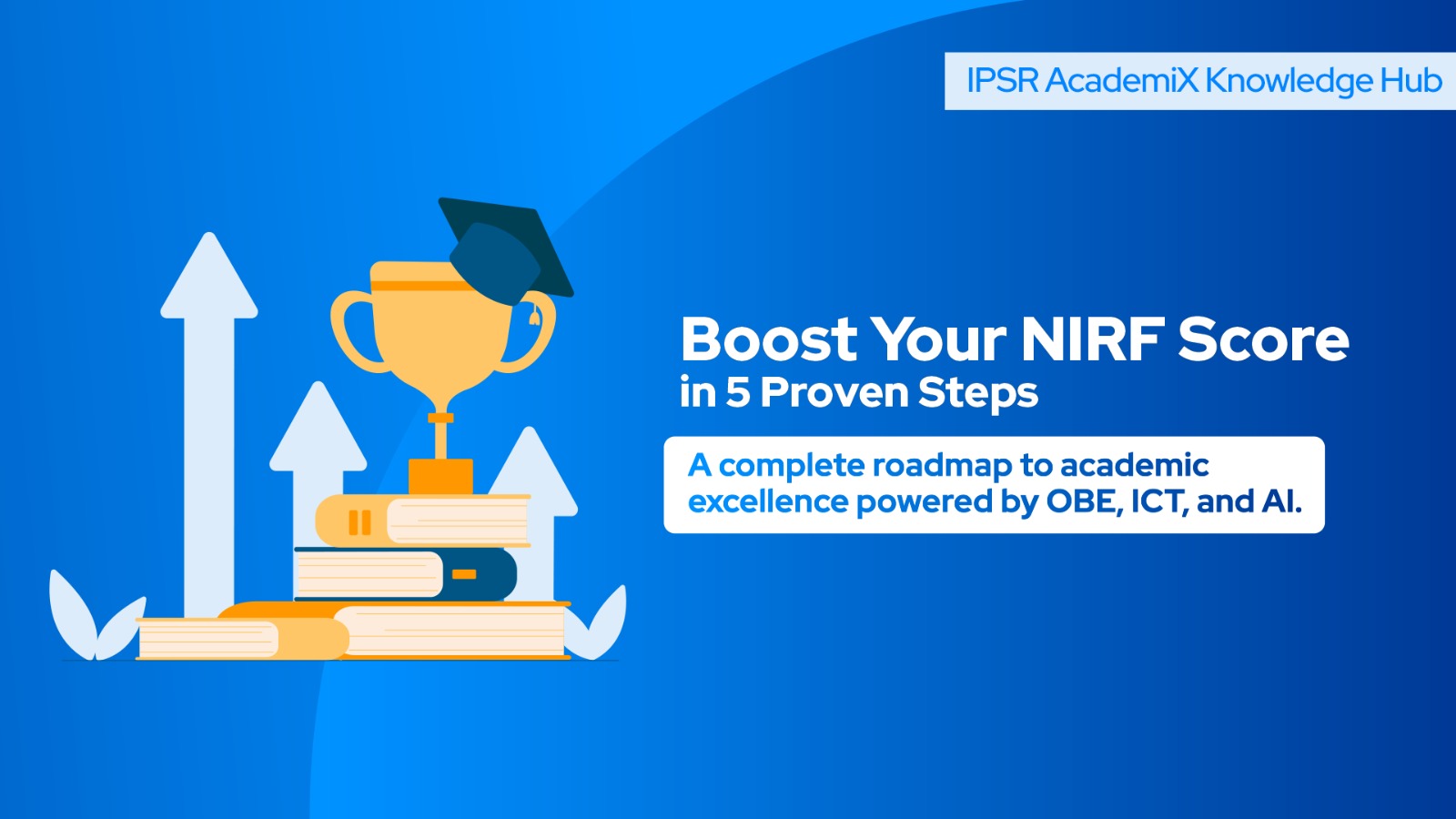
The National Institutional Ranking Framework (NIRF) has become a benchmark for academic excellence in India, pushing colleges and universities to elevate their performance. NIRF ranks institutions based on five key parameters – Teaching, Learning & Resources (TLR); Research & Professional Practice (RP); Graduation Outcomes (GO); Outreach & Inclusivity (OI); and Perception.
Improving an institution’s rank in this competitive landscape demands a holistic strategy that raises quality across all these areas. In fact, data show that institutions achieving the most upward mobility make gains across multiple parameters rather than excelling in just one.
“Rankings measure the present.
Roadmaps define the future.”
This blog presents a practical roadmap for higher education leaders to boost their NIRF scores, focusing on strategies that are both effective and broadly applicable – whether you’re a new college or an established university seeking to climb higher.
“Institutions in the 50–100 rank range can climb significantly with even small score improvements, as lower-ranked ones are tightly packed together.”
Our improvement plan emphasizes three powerful enablers: Outcome-Based Education (OBE), Information & Communication Technology (ICT), and Artificial Intelligence (AI). OBE aligns teaching and assessment with specific learning outcomes, ensuring that quality enhancements directly benefit student success. ICT integration is widely recognized as a crucial tool for enhancing access, relevance, and quality in education. Meanwhile, emerging AI and analytics tools offer data-driven insights – from personalized learning support to research discovery – that can turbocharge progress across all NIRF parameters. By leveraging these enablers within a structured framework, institutions can not only improve their NIRF rankings but also strengthen their overall academic excellence.
Improving NIRF performance is not a one-off project but a continuous journey. The following five-stage framework provides a structured approach for planning and executing institutional improvements:
| Stage | Focus & Actions |
| Stage 1: Baseline Assessment | Collect data on current performance for all NIRF parameters; identify strengths and gaps by benchmarking against top institutions. |
| Stage 2: Strategic Planning | Set specific improvement targets for each area and develop an action plan of initiatives (with timelines and responsibilities) to achieve them. |
| Stage 3: Implementation of Reforms | Execute the initiatives across the institution – e.g. faculty hiring and development, curriculum revamp (OBE adoption), infrastructure upgrades, research programs, and ICT tool deployments. |
| Stage 4: Monitoring & Feedback | Track key metrics regularly using dashboards; review progress in each area, gather feedback from stakeholders, and adjust strategies based on data. |
| Stage 5: Sustaining Excellence | Embed successful practices into standard processes; establish a quality culture with continuous improvement cycles (academic audits, OBE reviews) to maintain and enhance gains. |
Each stage builds on the previous one, ensuring that changes are well-planned, executed, evaluated, and then embedded into the institution’s processes. By following this cycle – assess, plan, implement, monitor, sustain – colleges and universities can move beyond reactive “rank chasing” and embrace a culture of continuous quality enhancement.
With a framework in place, the next step is to implement specific improvements under each of NIRF’s five pillars. Below we outline practical action plans for each parameter (TLR, RP, GO, OI, and Perception), highlighting how OBE, ICT, and AI can serve as cross-cutting tools to amplify impact.
TLR carries significant weight in NIRF and reflects the foundation of educational quality – faculty, facilities, and the teaching-learning process. In NIRF 2025, for example, a Delhi college climbed from Rank 97 to 30 within one year by improving its faculty-student ratio, hiring more qualified faculty, and increasing per-student investment in labs. Tellingly, the fastest-rising colleges all saw major gains in their TLR scores, underlining the outsized impact of this pillar on rankings.
Key TLR Improvement Strategies:
Research output and professional practice contribute substantially to NIRF scores and to an institution’s prestige. Building a strong research culture – boosting both the quantity and quality of publications, patents, and projects – will elevate performance in this parameter.
Key RP Improvement Strategies:
GO measures student success – graduation rates, exam scores, placements, higher studies enrollment, and other post-college outcomes. In essence, it reflects how well the institution prepares students for life after graduation. Improving GO requires a comprehensive approach to student development and support.
Key GO Improvement Strategies:
OI reflects how well an institution includes and serves diverse groups of learners. NIRF’s inclusivity metrics cover Regional Diversity (students from various states), Women enrollment, representation of Economically and Socially Challenged Students (ESCS), and facilities for Physically Challenged Students (PCS). Proactive efforts in these areas not only improve scores but also strengthen the social impact of the institution.
Key OI Improvement Strategies:
Perception is a subjective but influential pillar – it reflects how peers in academia, recruiters, and the public regard an institution’s quality. A positive reputation can buoy an institution’s rank even when some metrics are still improving. Actively managing perception is therefore a strategic part of any ranking improvement plan.
Key Perception Improvement Strategies:
Outcome-Based Education has the potential to transform India’s education system, making it more relevant, skill-oriented, and globally competitive.
In summary, climbing the NIRF rankings is about improving the institution itself. By systematically enhancing teaching quality, research output, student support, inclusivity, and stakeholder engagement – and by leveraging OBE frameworks along with modern technology (ICT and AI) – an institution will see its performance metrics rise, and the rankings will follow. The roadmap outlined above is not a quick fix but a sustainable journey of quality enhancement, applicable to institutions of all types.
Ultimately, the pursuit of a better NIRF rank aligns with the fundamental mission of education: delivering value to students and society. An institution that embeds excellence and continuous improvement in its culture will not only rise in the rankings but also produce empowered graduates, impactful research, and a strong reputation. Such an outcome is a win–win for both institutional stature and the broader educational mission.
Join us for FREE to get instant email updates!
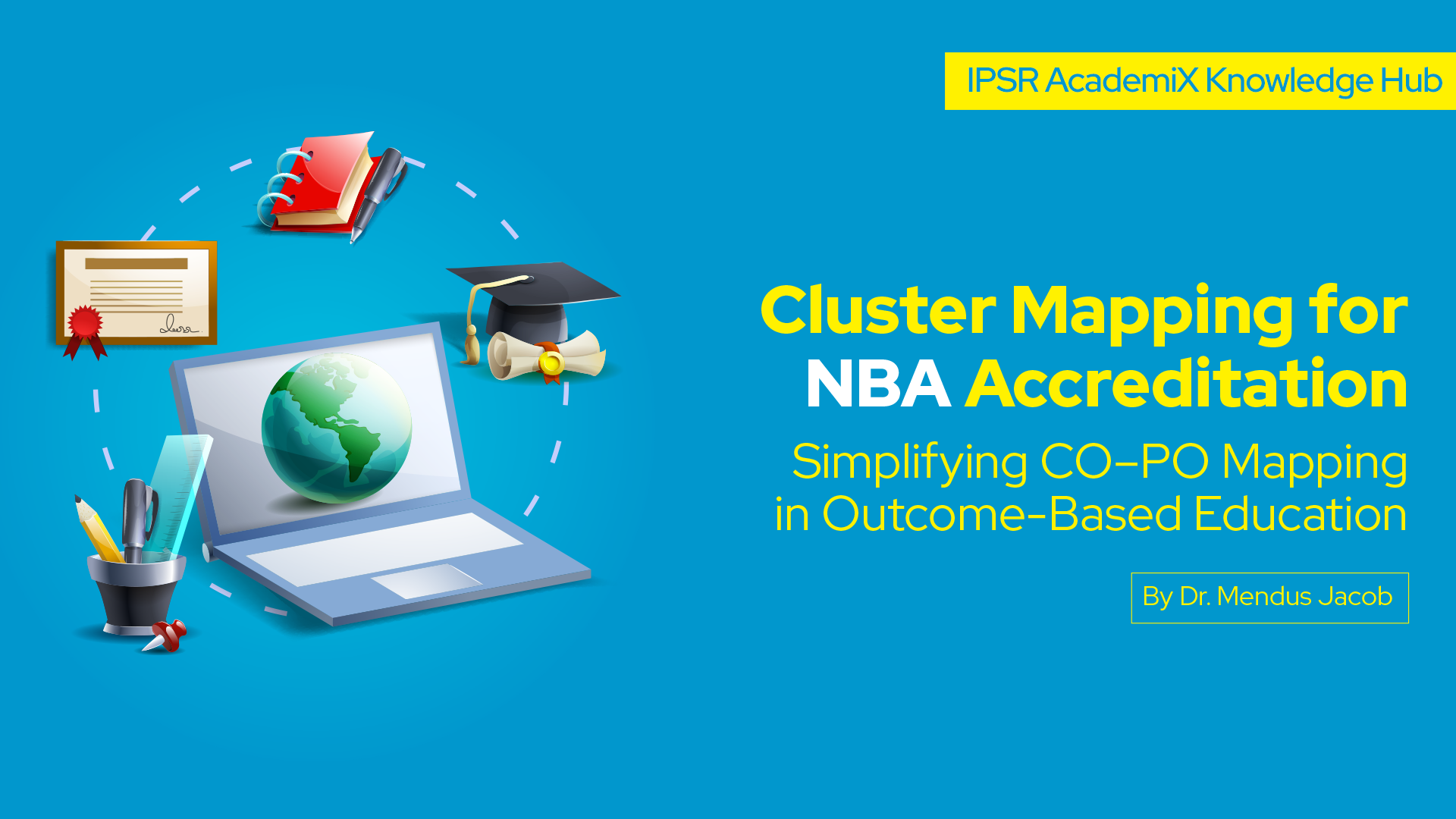
Simplifying CO–PO Mapping in Outcome-Based Education Accreditation by the National […]

The National Institutional Ranking Framework (NIRF) 2025 results are out, […]
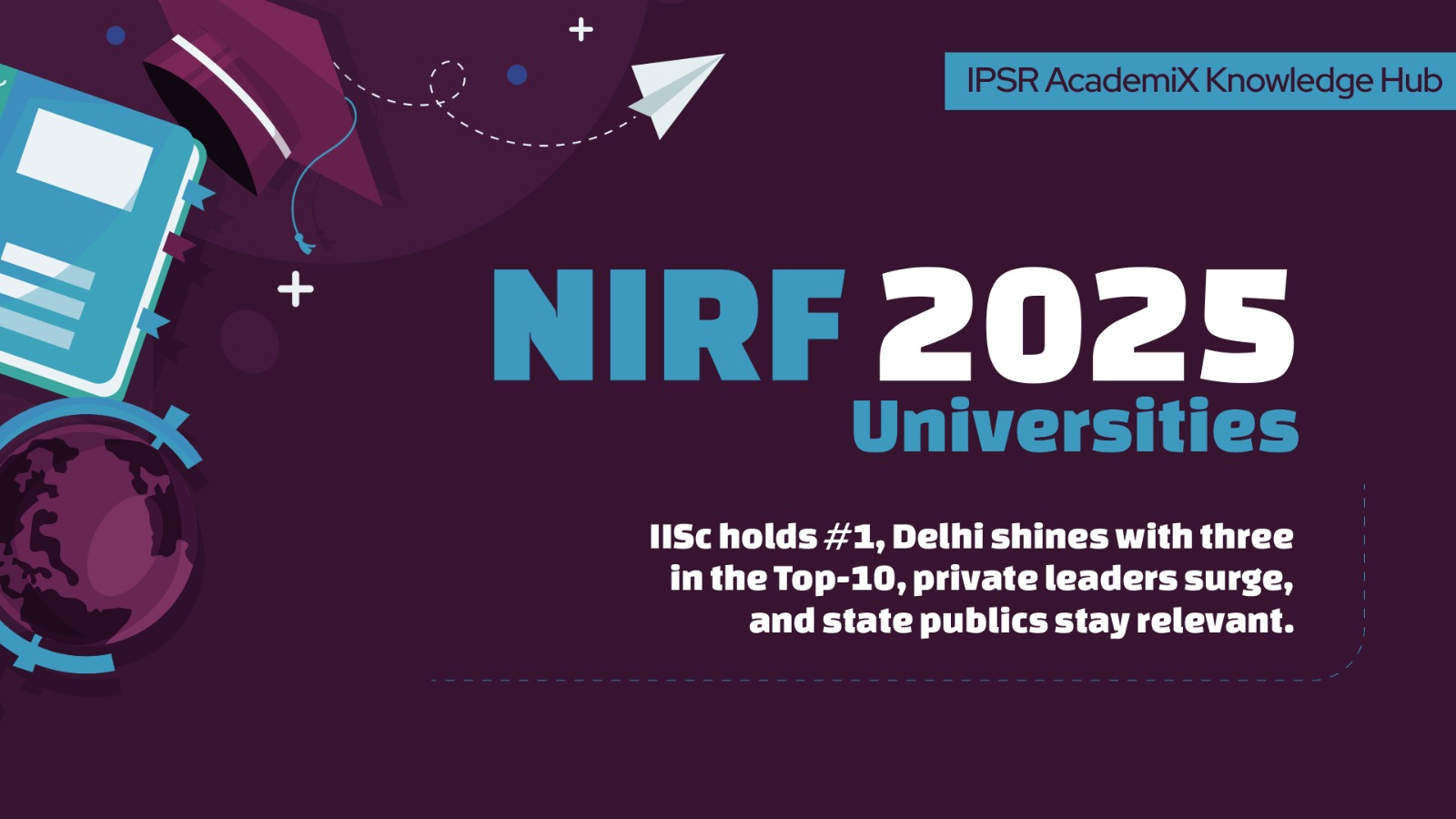
What the Top 100 Rankings Reveal About India’s Universities The […]
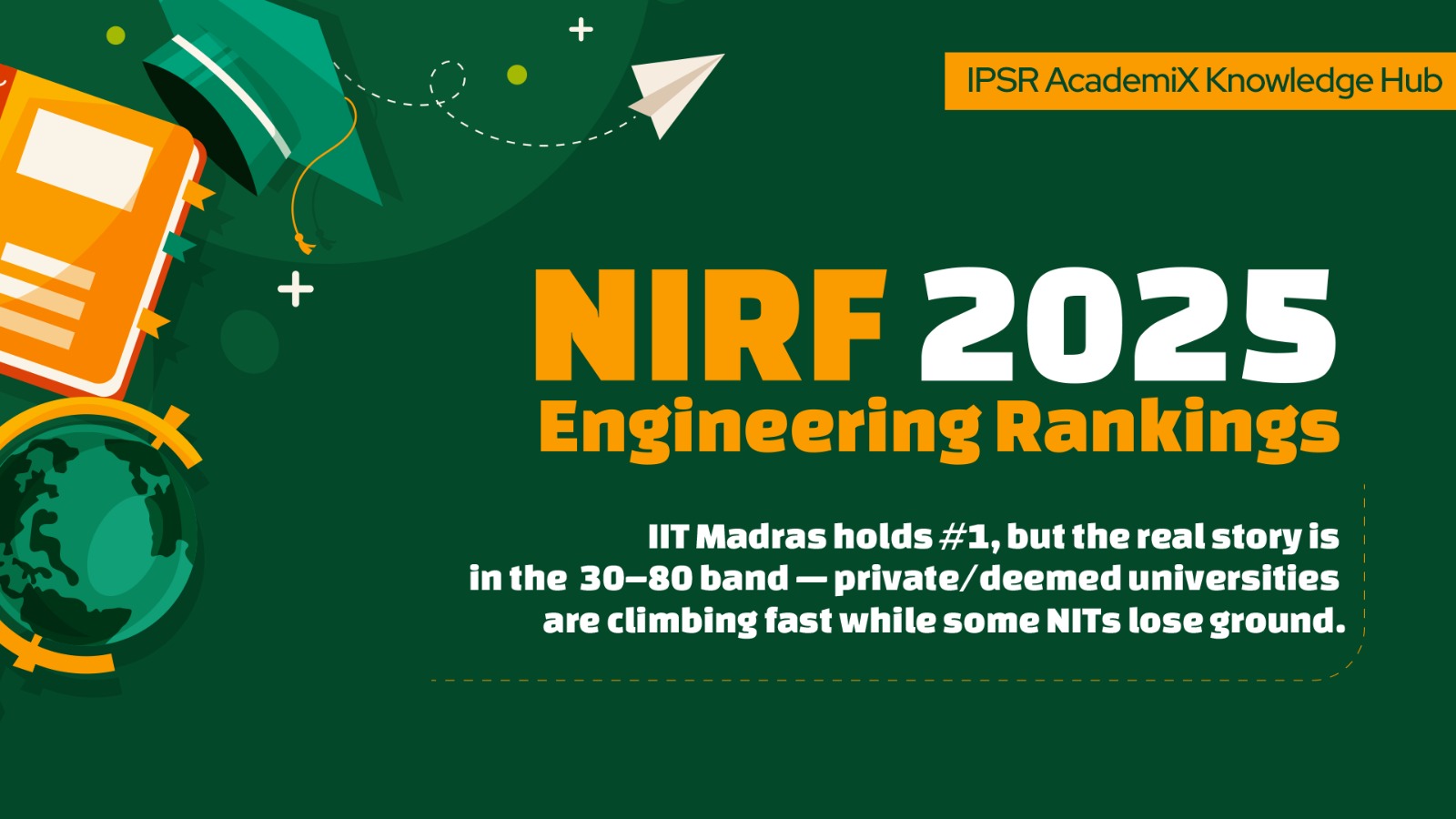
Exploring patterns, trends, and the evolving landscape of technical education […]

Release date: September 4, 2025 Source: NIRF portal’s Overall Top-100 […]
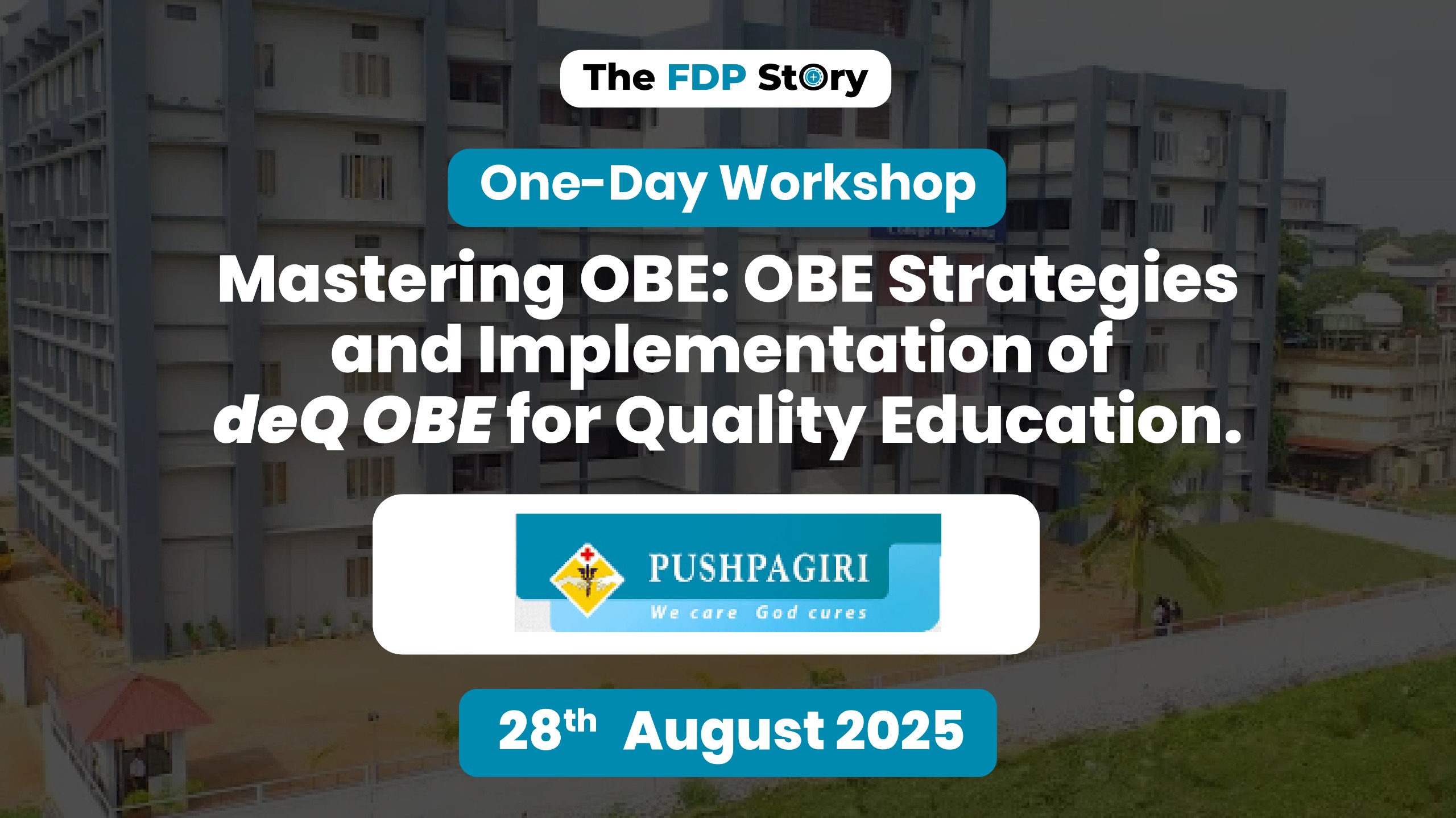
“Mastering OBE: OBE Strategies and Implementation of deQ OBE for […]
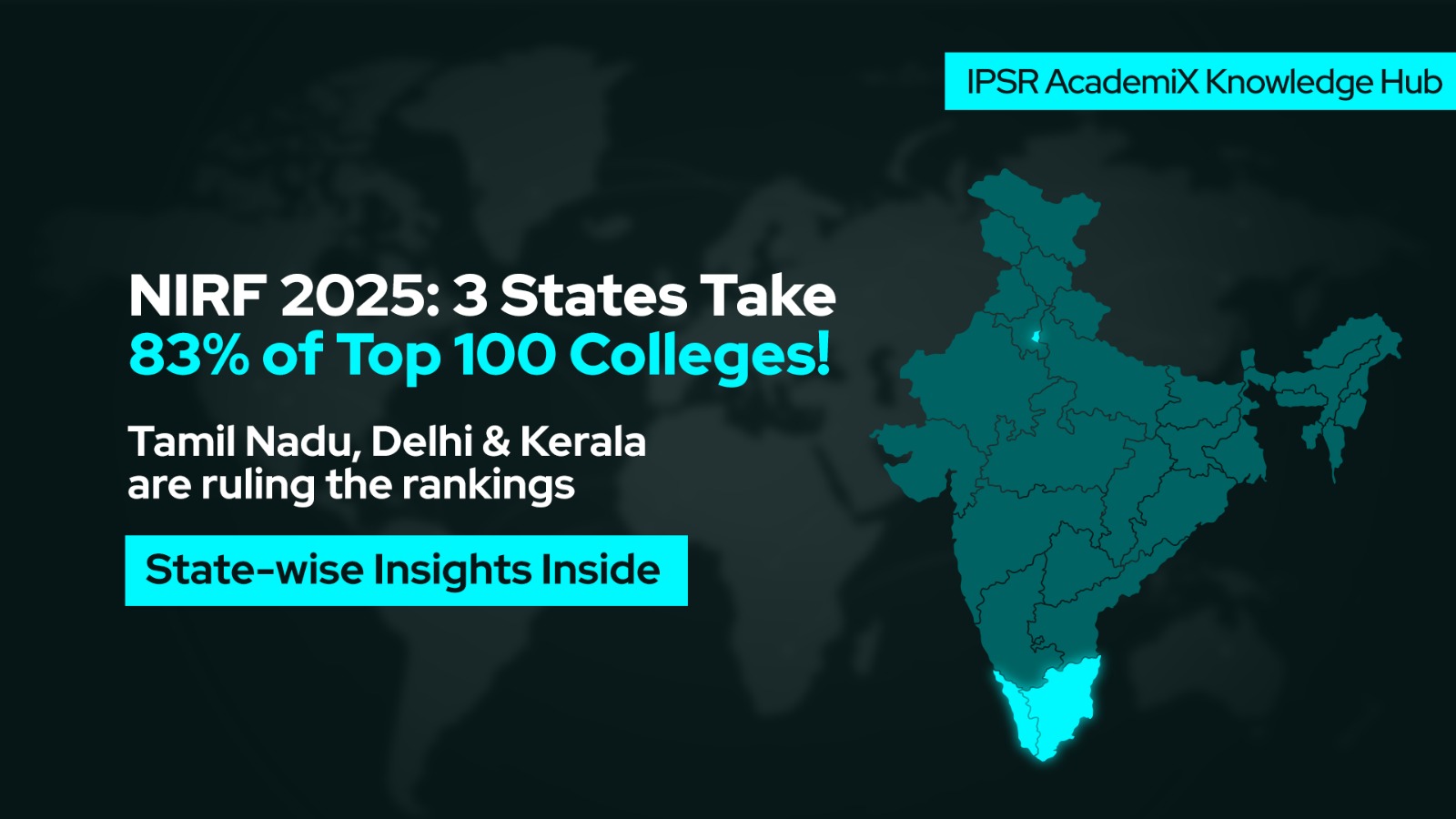
The National Institutional Ranking Framework (NIRF) 2025 has unveiled its […]
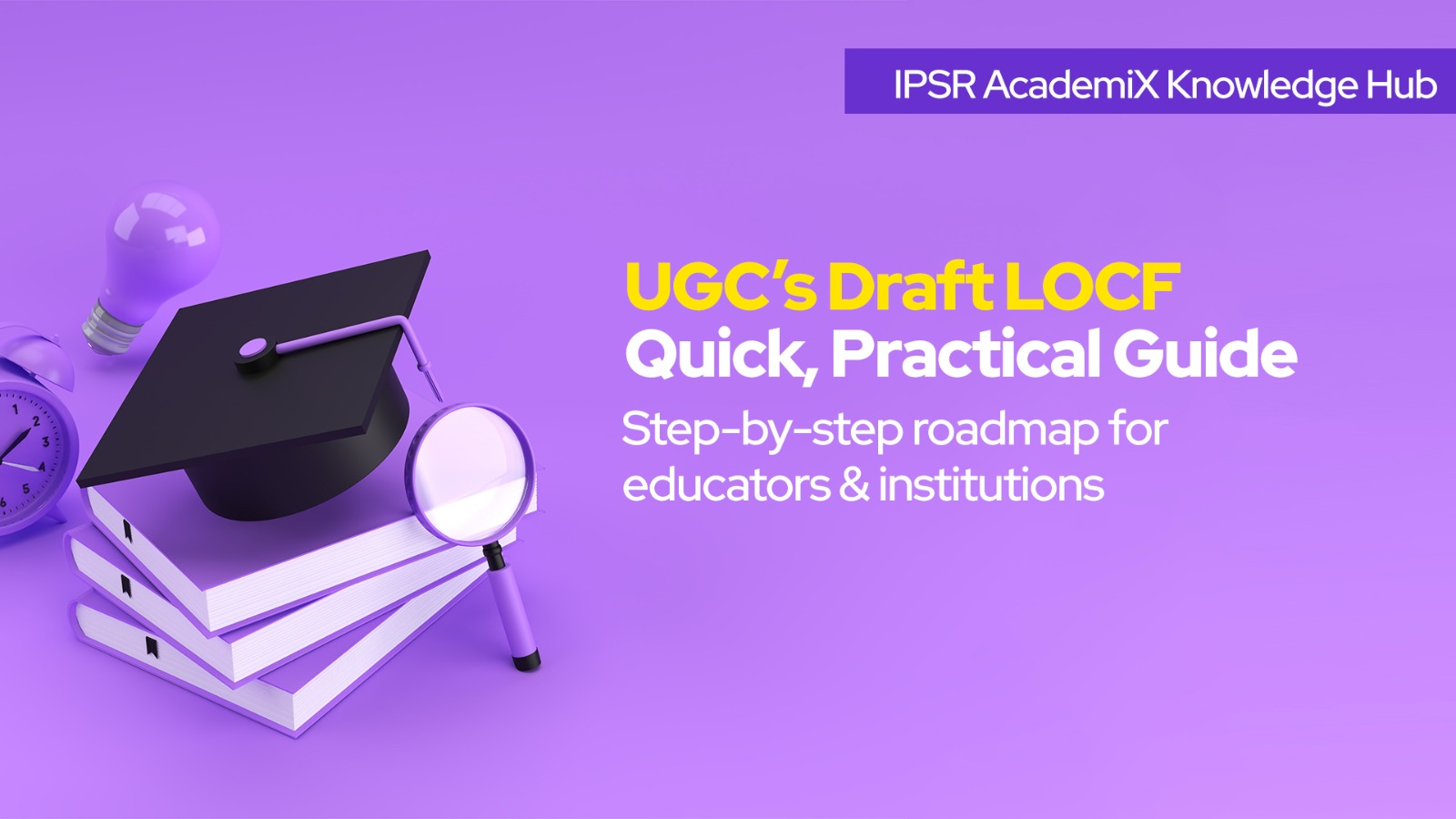
The University Grants Commission (UGC) has released draft Learning Outcomes-based […]
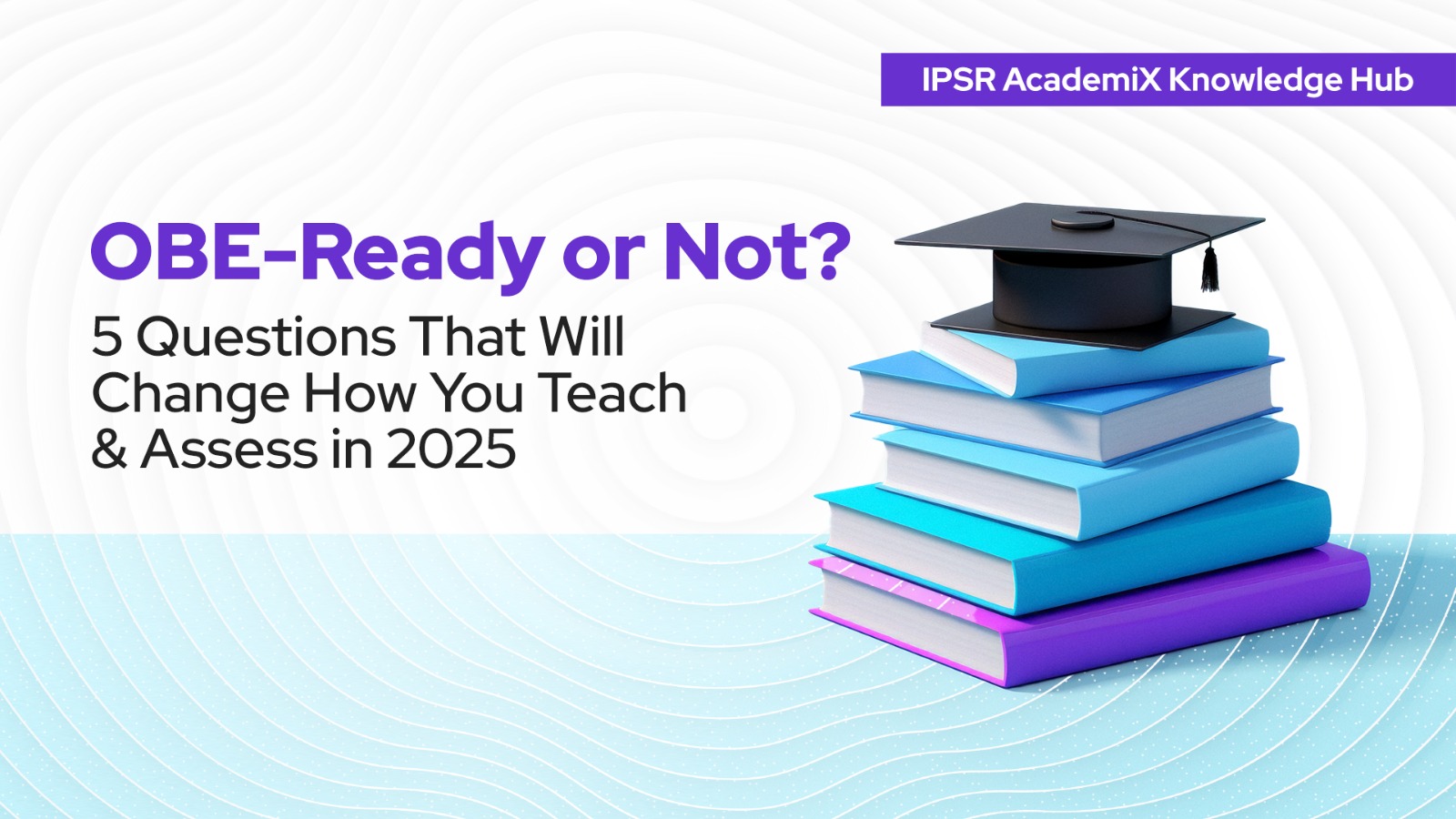
Outcome-Based Education (OBE) has evolved from a buzzword to a […]
Leave A Comment